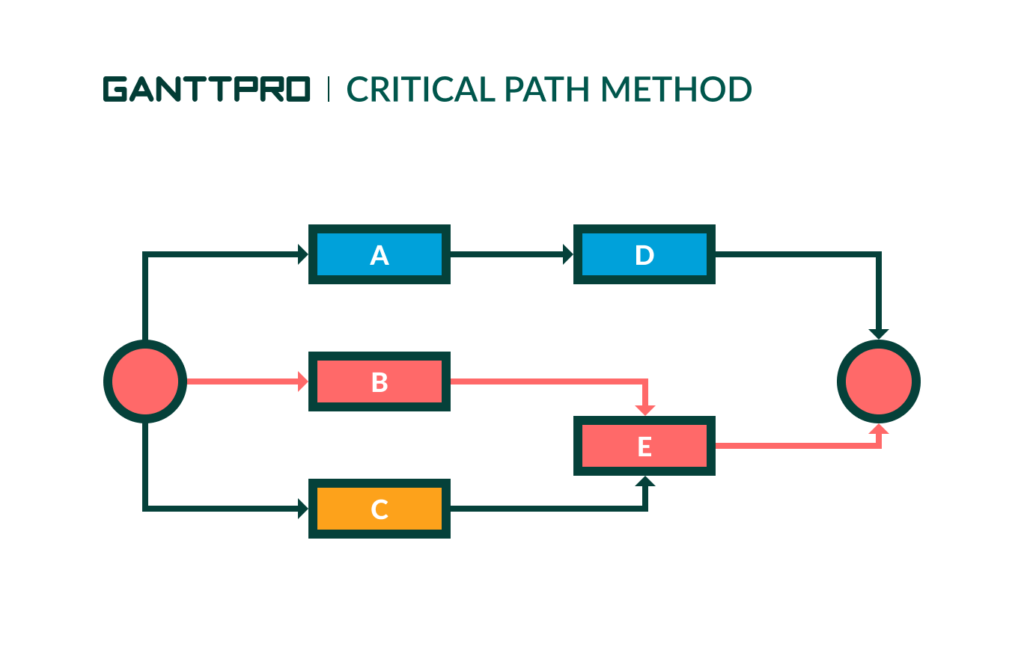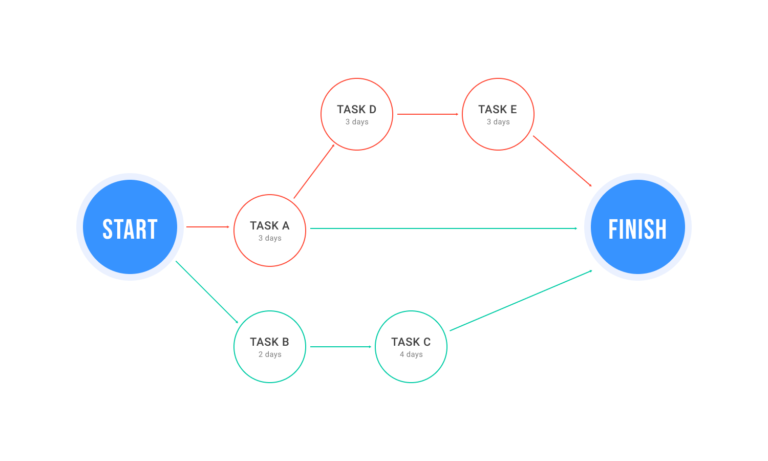
What is the Critical Path
What is the Critical Path
In the world of project management, understanding the critical path is essential for ensuring successful project completion. The critical path represents the sequence of activities that must be completed in order to meet project deadlines. It is the longest duration path through a project’s network diagram, and any delays along this path will directly impact the overall project timeline. By identifying and focusing on the critical path, project managers can effectively allocate resources and prioritise tasks to minimise potential bottlenecks and ensure timely project delivery. In this article, we will delve into the intricacies of the critical path in project management, exploring its significance and how it can be effectively managed to drive project success.
Speak to MCTC today about our consultancy advice and training packages.
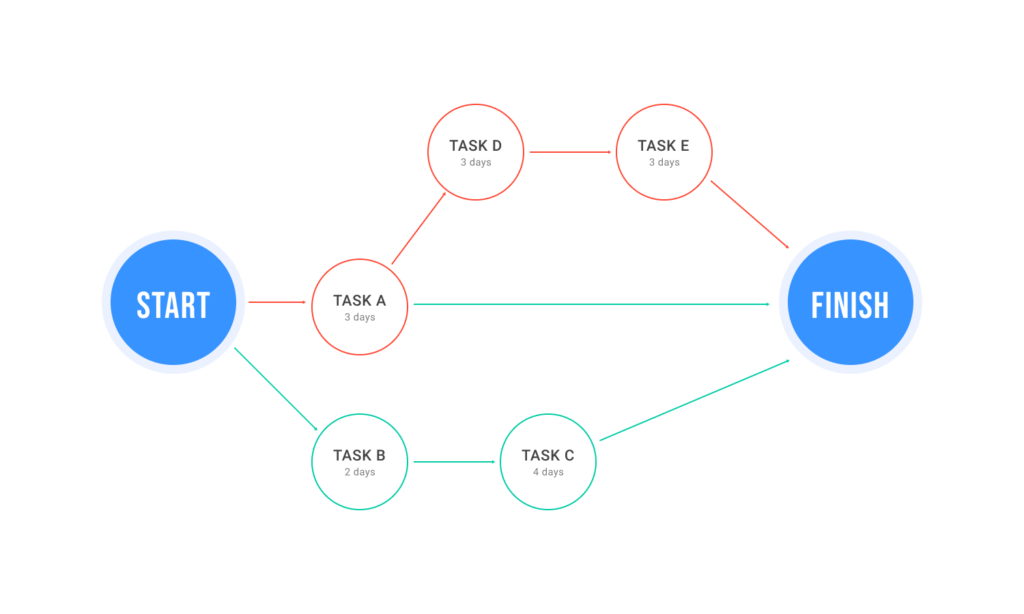
Understanding the Critical Path in Project Management
Project management involves a multitude of tasks, timelines, and dependencies. As a project manager, it is crucial for you to understand the critical path in order to effectively plan and execute your projects. The critical path is essentially the sequence of activities that determines the shortest duration in which a project can be completed. By identifying the critical path, you can prioritise tasks, allocate resources effectively, and ensure the successful delivery of your project.
Definition of Critical Path
The critical path is a fundamental concept in project management. It refers to the sequence of activities that must be completed in order to meet the project’s deadline. These activities are linked by dependencies, which means that the completion of one activity is reliant on the completion of another. The critical path identifies the longest chain of dependent activities and determines the minimum time required to complete the project.
Importance of Identifying the Critical Path
Identifying the critical path is crucial for project managers, as it enables them to focus on the activities that have the greatest impact on the project’s timeline. By understanding the critical path, you can prioritise resources and allocate them effectively. This ensures that the most critical activities are given the necessary attention, minimising the risk of delays and ensuring the timely completion of the project. Additionally, identifying the critical path helps in identifying potential bottlenecks and allows for efficient resource management.
Identifying Activities and Dependencies
To determine the critical path, it is essential to identify all the activities involved in the project and their dependencies. Activities are the individual tasks that need to be completed to achieve the project’s objectives. Dependencies, on the other hand, represent the relationships between these activities. Some activities may be dependent on the completion of others, while others may need to be carried out in parallel. By mapping out the activities and their dependencies, you can gain a clear understanding of the project’s workflow and identify the critical path.
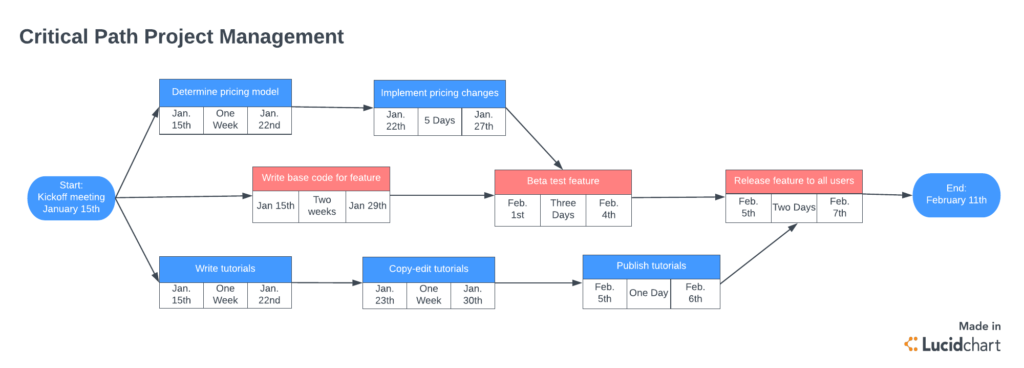
Determining Activity Duration
Once you have identified the activities and their dependencies, the next step is to determine the duration of each activity. Activity duration can be influenced by various factors such as the complexity of the task, the availability of resources, and the level of expertise required. By estimating the duration of each activity, you can create a timeline for your project and calculate the critical path.
Calculating the Forward Pass
The forward pass is a technique used to calculate the earliest possible start and finish times for each activity in a project. It involves starting with the first activity and determining its start and finish times based on the project’s dependencies and the duration of the activity. This process is then repeated for each subsequent activity, taking into account the earliest possible start and finish times of the preceding activities. By calculating the forward pass, you can identify the earliest start and finish times for each activity and determine the total duration of the project.
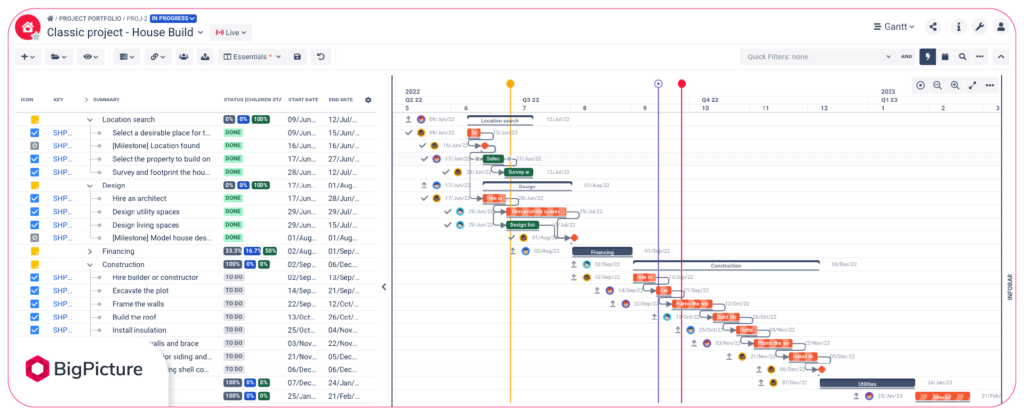
Calculating the Backward Pass
While the forward pass helps in determining the earliest start and finish times, the backward pass is used to calculate the latest possible start and finish times for each activity. This involves starting with the last activity and assigning it the same start and finish time as the earliest possible start and finish time calculated during the forward pass. The process is then repeated for each preceding activity, taking into account the latest possible start and finish times of the succeeding activities. By calculating the backward pass, you can identify the latest start and finish times for each activity and determine the total float or slack time.
Identifying the Critical Path
Once the forward pass and backward pass calculations are complete, it becomes easy to identify the critical path. The critical path comprises the activities that have zero float or slack time. In other words, any delay in these activities will cause a delay in the overall project’s timeline. By identifying the critical path, you can prioritise these activities and allocate resources accordingly to ensure timely completion.
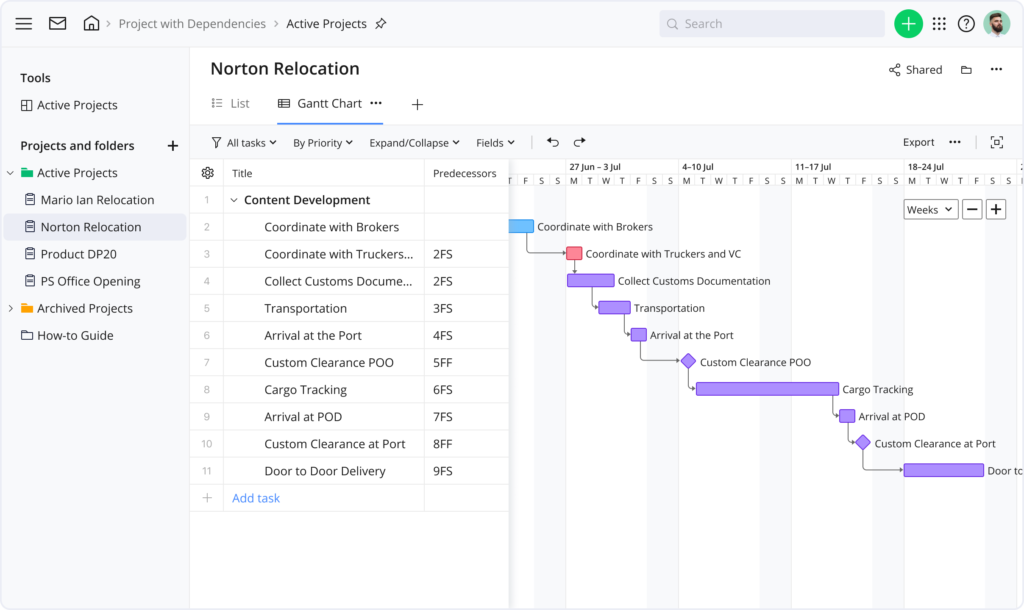
Managing the Critical Path
Managing the critical path requires diligent monitoring and control. Since the critical path activities have zero float or slack time, any delay in these activities can directly impact the project’s deadline. It is essential to regularly monitor the progress of the activities on the critical path and address any potential delays promptly. This may involve reallocating resources, adjusting timelines, or implementing mitigation measures to ensure that the critical path activities stay on track.
Benefits of Understanding the Critical Path
Understanding the critical path offers numerous benefits for project managers. It allows for efficient resource allocation, ensuring that the most critical activities receive the necessary attention. By identifying potential bottlenecks and addressing them proactively, project managers can reduce the risk of delays and cost overruns. Moreover, understanding the critical path enables better decision-making, as project managers can prioritise tasks and make informed choices regarding resource allocation and project scheduling.
In conclusion, understanding the critical path in project management is vital for effective planning, resource allocation, and timely project delivery. By identifying the critical path, project managers can prioritise activities, allocate resources effectively, and ensure that the project stays on track. The critical path provides a road map for successful project execution and enables project managers to make informed decisions regarding project scheduling and resource management. By mastering the concept of the critical path, project managers can enhance their project’s success rate and deliver results that meet or exceed client expectations.
